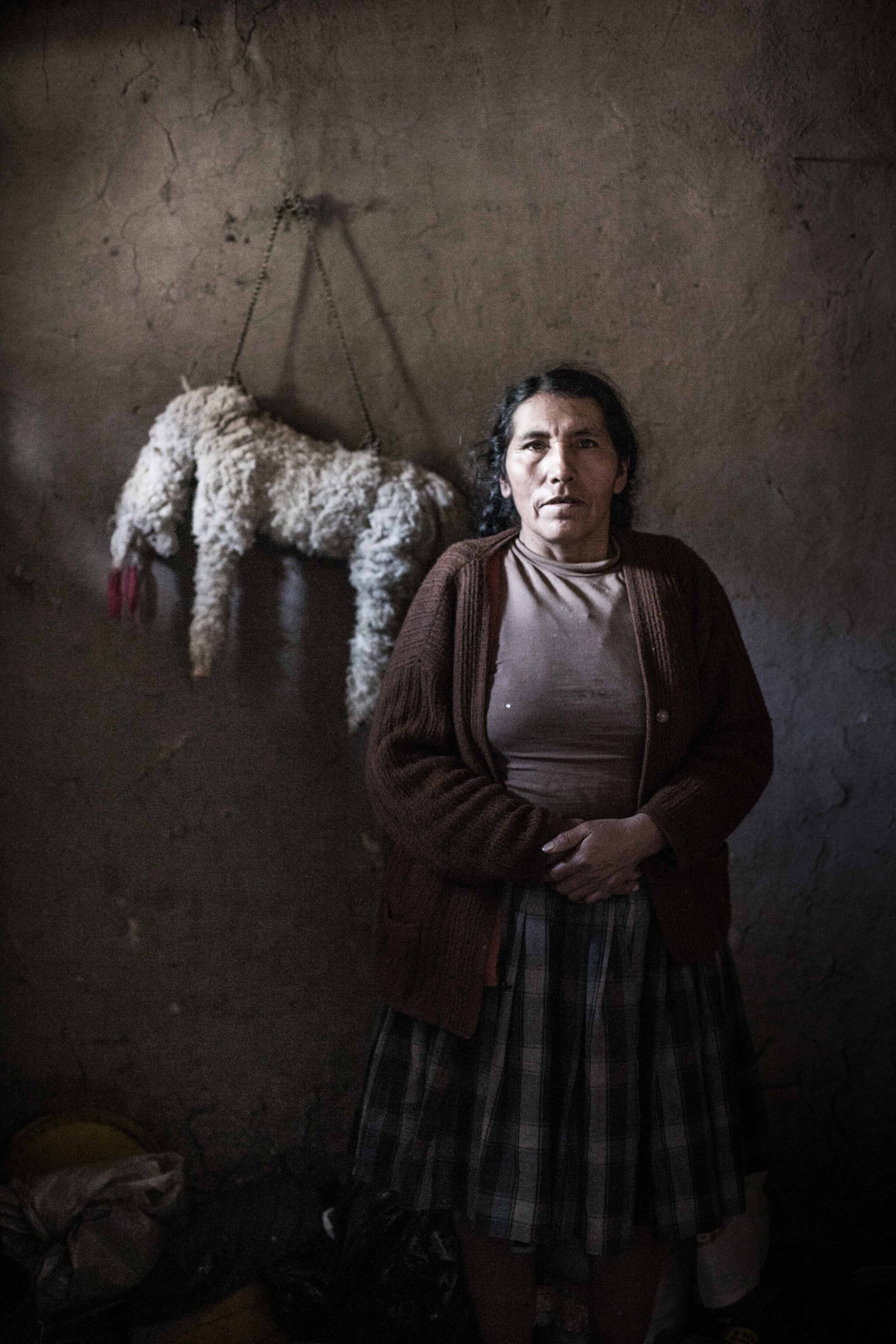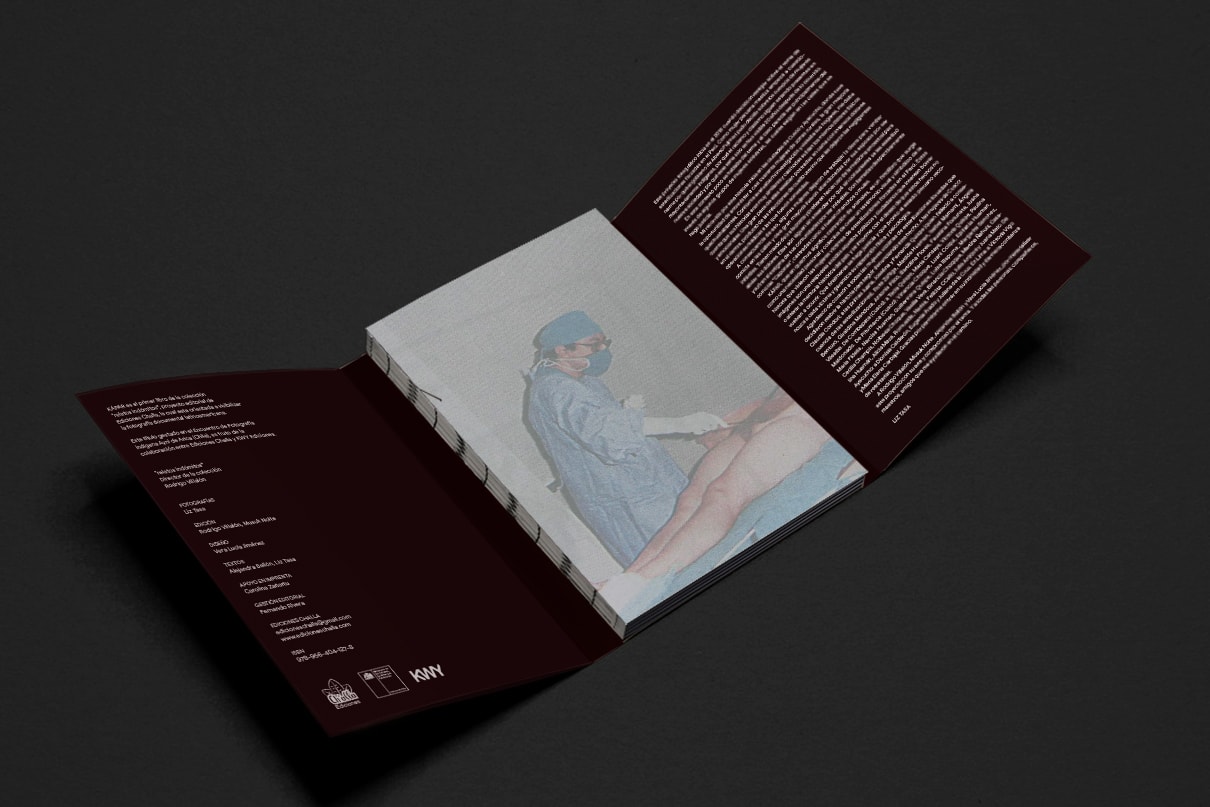
Kápar: forced sterilization as a crime against Humanity
“You who are receiving food, now you are going to go to the hospital,” they told a Peruvian indigenous woman. Then she lost consciousness. When she woke up, her tommy ached and she could hardly walk. Her life had changed forever. This is one of the 272,028 stories of women who were sterilized in Peru, according to data from the Defensoría del pueblo (Ombudsman’s Office).
Thousands of them denounce that the procedures were forced. The consequences still constitute an unbearable echo in hundreds of thousands of indigenous women. “They have killed us half our lives,” one of them says.
The photographer Liz Tasa reconstructed the stories in images, to account for these crimes against humanity against peasant women from the Peruvian highlands and jungle descendants of indigenous peoples. She has been working on it since 2018, the project is called Kápar and it has just been turned into a photobook.
Liz studied Communication at the University of Piura, was a fellow of the Centro de la Imagen’s Photographic Documentary Master and worked as a photojournalist in different local media. It was during this master’s degree that she started the Kápar project, which was a finalist in the PHOTO IILA – XI edition of the IILA-PHOTOGRAPHY «Gender Equality» Award in Rome. She also obtained second place in “The strength of women” at POY LATAM 2019 and first prize in the series category in the Latin American Photographers Contest organized by Latam Photographers. She won the Vogue Italia Prize and first place in the Espacio y Tiempo Contest, Upao.
The “National Program for Reproductive Health and Family Planning” aimed to “reduce poverty.” Doctors had to comply with quotas and made direct reports to former President Alberto Fujimori, between 1990 and 2000. The procedures were performed without medical check-ups to evaluate the case and they were sent home without any medical supervision. Many died and others developed serious health problems which don’t allow them to work the land. The victims were mostly poor rural women and Quechua speakers.
In 2006, Fujimori was arrested for other crimes of corruption and violation of human rights, but nothing was judged on the sterilizations. In March of this year, a trial was started against the former president and three government officials for the cases of 5 deaths and 1,307 serious injuries. The prosecutor assured that the defendants “gambled with people’s lives and reproductive health, regardless of the damage.”
Throughout the project, the photographer explored the physical and emotional aftermath of more than two thousand women. “They are sick women who are marginalized by their husbands and their community for having lost their reproductive faculties. Their condition prevents them from living away from the memory of having been forced, deceived and mistreated. “You can’t die, you can’t heal either,” are some of her testimonies,” Liz says. Her interest in this case stems from Liz’s inclination to be interested in state racism, she had already worked with Afro-descendant communities in Piura, or with peasant communities affected by the flooding of the Piura River.
But also this project intends to focus on a case of a clear abuse of power. It remains implausible, says the author, that something like this remains unpunished and that it has not been fully investigated.
Co-published between Challa Ediciones (Chile) and KWY (Peru), Kápar can be seen in digital format until it is released, in person, in its printed version. The collection is directed by Rodrigo Villalón and the edition was done together with Musuk Nolte. The design is by Vera Lucía Jiménez, the texts by Alejandra Ballón and Liz. The printing coordination was done by Carolina Zañartu and the editorial management by Fernando Rivera.

